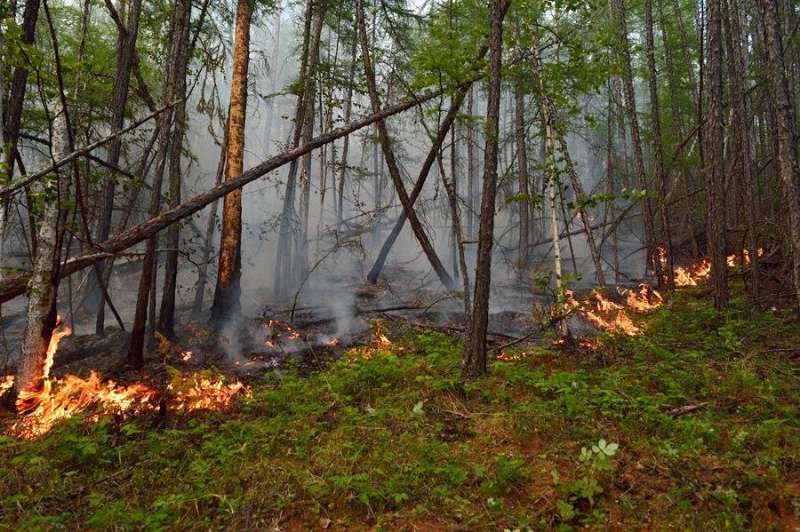Why wildfires behave differently in boreal forests

Dr. Alena Zhdanova from Tomsk Polytechnic University is building a reliable database of litter density in boreal forests. She is investigating how thermophysical and thermokinetic characteristics of forest combustible materials affect extinguishing brush-wood fires
Wildfires are a pressing issue for the entire world. In Russia, every year, over 46,000 people and 8,900 units of equipment are engaged to fight them. According to Dr. Alena Zhdanova, a senior lecturer at Tomsk Polytechnic University, in most cases, it is not enough to discharge a single aircraft for the localization and elimination of fire outbreaks of the boreal zone, even in a limited area. To suppress the burning of ground cover, it is necessary to organize a stream of aircraft, which discharge water into the combustion zone. However, it is a challenge to implement this in drought seasons under the conditions of highly burning forests in Russia.
Dr. Alena Zhdanova investigates how thermophysical and thermokinetic characteristics of forest combustible materials affect the process of cessation of flame combustion and thermal decomposition under conditions of exposure to extinguishing liquid mixture in the case of brush-wood fires.
As she notes, in the event of brushwood fires, the leaf litter up to 10 cm high burns out, and low-level burning often causes the upper fire of the boreal areas. Kinetic and thermophysical parameters of forest combustible materials (FCM) can significantly effect cessation of heterogeneous combustion and thermal decomposition. Thus, in case of brushwood fires, air gaps affecting the extinguishing process are formed in the layers of the leaf litter, while the upper layer of the litter has been forming for years and differs from the fresh litter.
"In the modern literature, there is no model taking into account the impact of all characteristics of combustible materials on suppressing the fire. Our objective is to create a database of reliable experimental data in the conditions of various litter density.
In the framework of the project, modern experimental methods as well as the models of FCM thermal deconstruction and flame burning, earlier developed at the TPU Laboratory for Heat and Mass Transfer Simulation, will be applied. Such approach can be particularly beneficial for investigating the properties of both forest combustible materials and other porous structures, the database can also be used for biofuel development and in wood processing," says Dr. Zhdanova.
Provided by Tomsk Polytechnic University




















